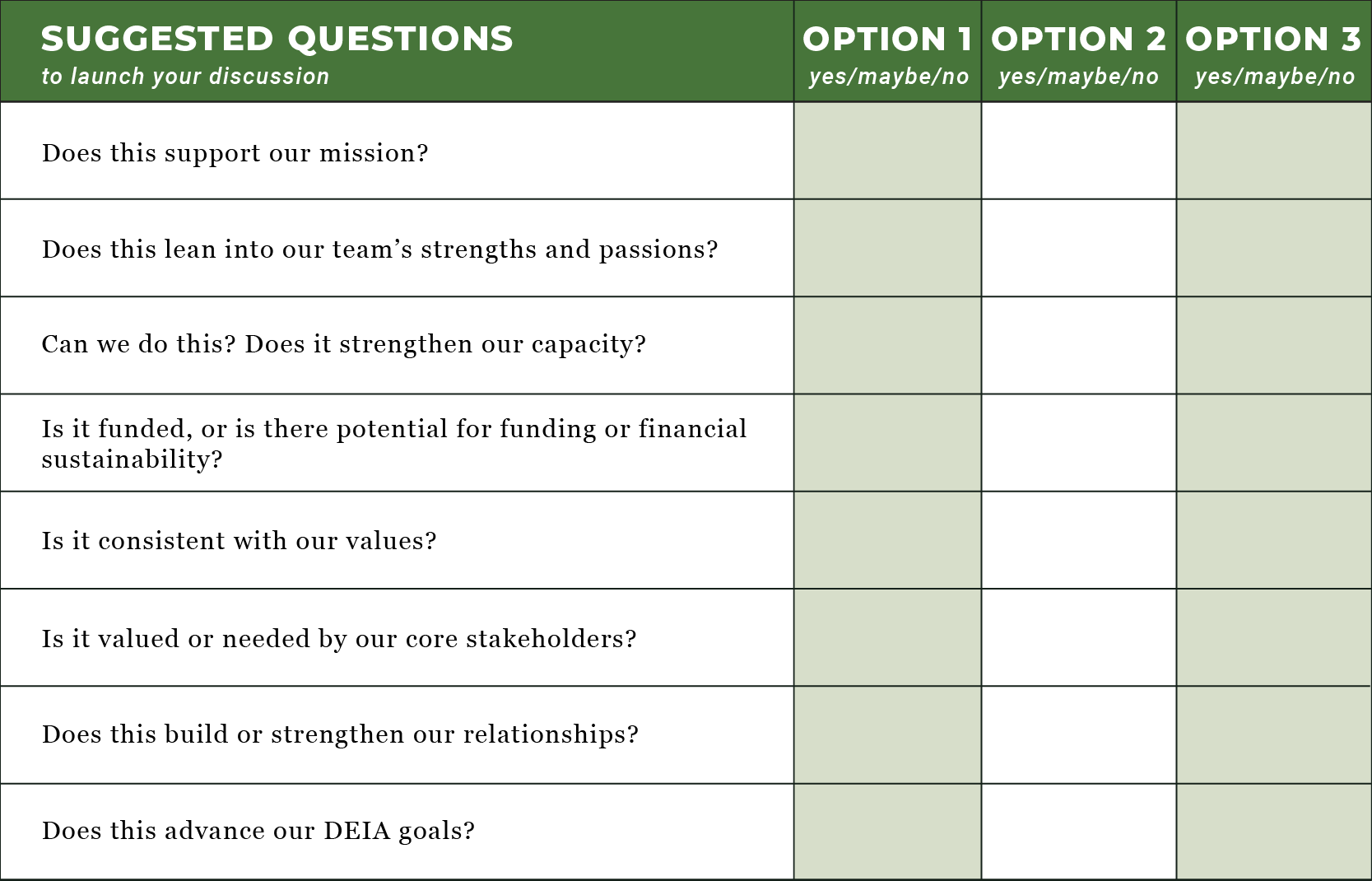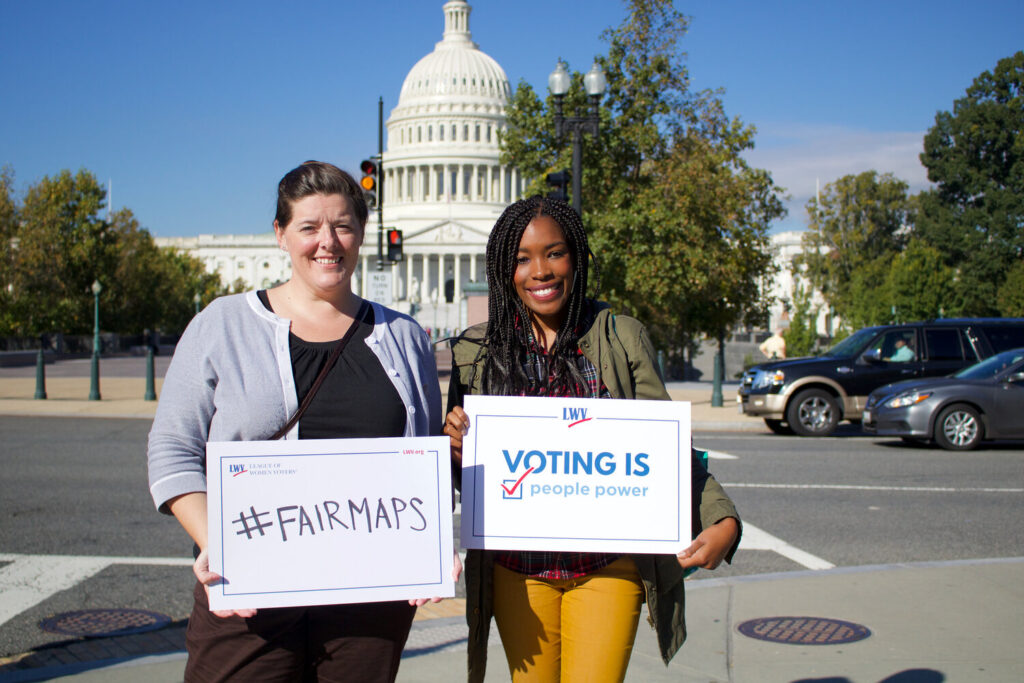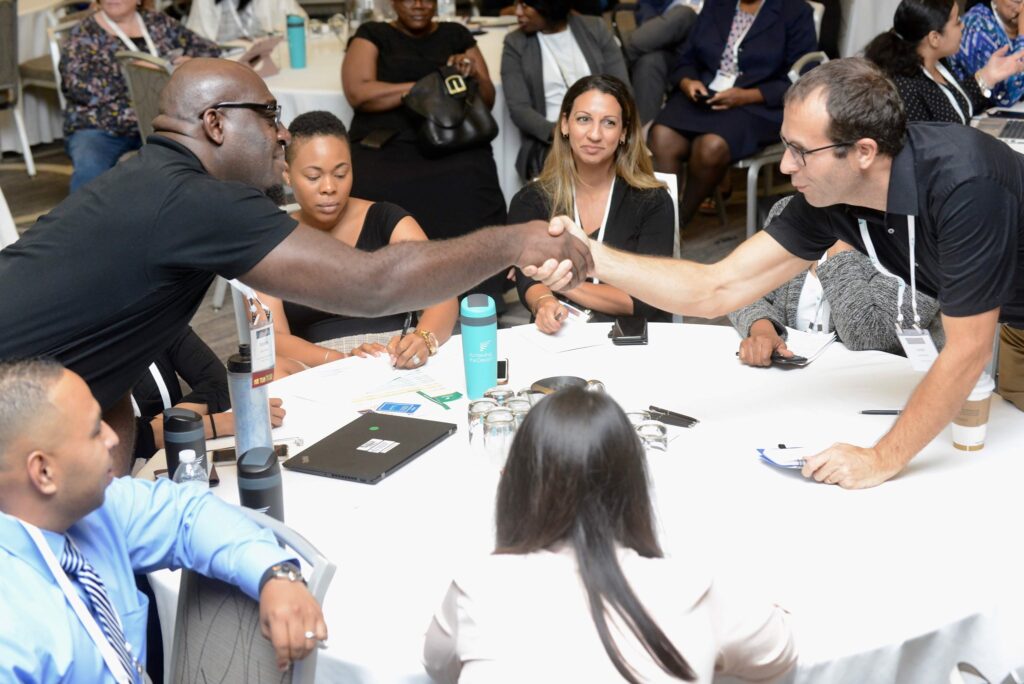The decision of what to do and what not to do is one of the most helpful strategic skillsets for any nonprofit. How can you know what is and what isn’t important when considering your options?
Using a Strategy Screen can help you tell whether a potential new opportunity is right for your organization or even help evaluate whether an existing initiative or program continues to serve its purpose. It’s just a matter of asking the right questions to find the right direction.
JIM COLLINS, GOOD TO GREATA great piece of art is composed not just of what is in the final piece, but equally important, what is not… It is the discipline to discard what does not fit.
What is it?
A Strategy Screen is a set of questions that specifically reflect your organization’s strategic priorities. Each question views a decision through the perspective of a stated organizational goal or value. Think of it as a tool that keeps you focused on the things that best serve your organization’s culture, priorities, and future.
Organizations that create a Strategy Screen through an inclusive process have the potential to bring equity into all of their major decision-making, regardless of who the decision makers are.
It’s important to take the time to develop questions that specifically align with your strategic priorities. At the end of this post, we have a worksheet with instructions to help you do just that.

When can you use it?
Strategy Screens can be used in a variety of situations to benefit your decision-making, whether you want to pursue that decision as an individual or with the help of your team. Common scenarios and examples might include:
Example: A board member suggests that we should develop a partnership with the mosque in our neighborhood.
Example: Our IT leader put in her two-week notice. Should we hire a new person (and at what level), outsource, or just ask staff to fend for themselves?
Example: This is the classic “but that’s how we’ve always done it” scenario.
Example: Building a screen that thoroughly reviews the racial equity impact of decisions.
Example: There’s a global pandemic, and we can’t run our in-person programs for the foreseeable future. How do we make decisions in the short term?
Strategy Screens aren’t just for big picture organizational decisions. You can also use this tool within a program or department, for decisions related to projects, or create one for your own personal and professional goals.
How can you use it?
When doing a Strategy Screen, it’s important to stay focused on questions that are considered critical to staying on track as an organization. These questions are often related to your mission, vision, values, hedgehog, financial goals, DEI goals, strategic focus, and strategy roadmap.
These questions should be determined before a big decision needs to be made, to avoid letting enthusiasm for a bright shiny new project influence the criteria of the Strategy Screen. Using the same set of questions will ensure that all programs, projects, and decisions are aligned with the overall organization’s goals.
Strategy Screens are most effective when used on a regular basis. You and your team will start to build a strategic decision-making muscle when you apply your Strategy Screen as often as possible. It’s a great feeling to be confident in your decisions as a team while staying closely tied to what is most important to the organization.
See it in action
Strategy Screens are as unique as the organizations that use them. Take a look at some of these excellent examples to get inspired for your own.
One Voice Mixed Chorus
Strategy Screens can be expanded to include questions specific to your organization. In this example, One Voice Mixed Chorus focused questions on programming, operations, and the artistic product.

League of Women Voters of the US
Strategy Screens don’t have to be daunting, in fact, simple is often better! In this example, the League of Women Voters of the U.S. demonstrates how a smaller set of questions can help keep the conversation focused.

Achieving the Dream
Strategy Screens can be focused even further to a specific topic or area of an organization’s mission. In this example, Achieving the Dream applies a strategy screen that is centered on racial equity in campus decisions.

Race Forward
Strategy Screens can take many forms and can be used as an assessment tool. In this example, Race Forward presents a racial equity impact assessment.

Try it for yourself
Are you feeling inspired? It’s time to try it out using our worksheet. For your convenience, the worksheet is available in two formats: fillable PDF and Word Document.
PDF Word Document-
1
Gather Key Folks
Think about whose voices are represented. Which parts of your organization, or programmatic perspectives, are included in the team that is putting this together? Is it your board, staff, leadership, external stakeholders? Diversity in this group supports a more powerful and equitable decision-making tool.
-
2
Start with basic questions
Use the examples below as a starting point to name 5-8 questions:
- Does this support our mission?
- Does this lean into our team’s strengths and passions?
- Can we do this? Does it strengthen our capacity?
- Is it funded, or is there potential for funding or financial sustainability?
- Is it consistent with our values?
- Is it valued or needed by our core stakeholders?
- Does this build or strengthen our relationships?
- Does this advance our DEIA goals?
-
3
Customize each of the questions for your organization
Your Strategy Screen should reflect your organization’s identity and goals. Be sure to refer to the examples shown above for inspiration when writing questions that matter most to your organization. This process of identifying your Strategy Screen questions can be a great way to come to an agreement about what is important to your organization.
-
4
Run your decision through the questions
Once the questions are finalized, it’s time to put them to the test. For each question, answer yes, maybe, or no as it applies to the decision you are making, or maybe think about assigning points.
-
5
Assess the results
Did the opportunity you’re exploring pass with flying colors? Or are there a lot of “maybes?” Even if the end result isn’t crystal clear, the results will open the door to fruitful discussion and discovery for your team.
